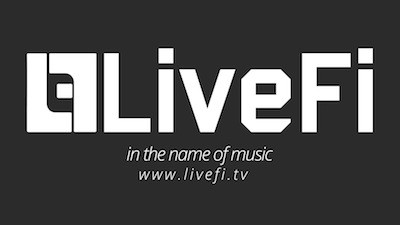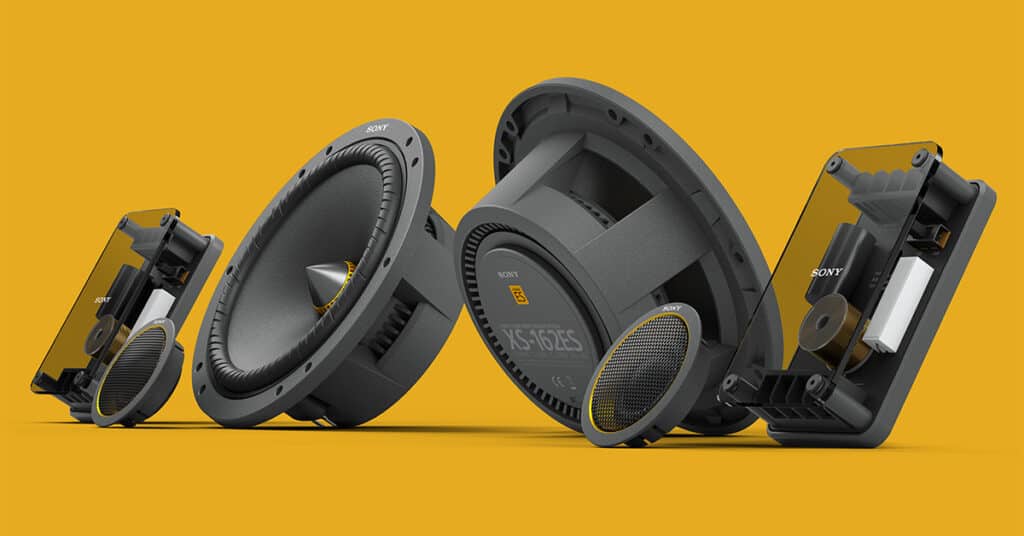2013 has been dubbed the year of live streaming, advances in high-speed internet connections being more readily available have made consumption of this technology possible to everyone. The mobile market has allowed for live streams to be watched on the move, which is greatly helped by the imminent transition to 4G. The technology to support live streaming platforms is firmly in place and is constantly developing. Any live streams that an artist put out can be made available on any device; mobiles, tablets, computers, games consoles and more.
Live Streaming removes the geographical buffer between artist and fan and can be watched by an unlimited amount of people. To date well produced, high quality live streams have been seen as an extremely expensive and complicated logistical minefield. Until now, affordable solutions lacked in quality and production value. Plus clearing licenses is time consuming, costly and often unfeasible. There is a massive gap between the ‘televised’ broadcasting model (high quality, high cost) and the “webcasting/DIY” model (low quality/low cost). LiveFi fills this gap and has been developed as a production solutions service that compliments live streaming specifically in the context of live music. Passionate music lovers created LiveFi and everyone in the team has a musical background. The business takes an aggressively competitive fee for their service and promise to make every budget see it’s maximum return.
LiveFi’s aim is to take the complexity and cost out of live streaming. They provide a turnkey live streaming production service for the music industry empowering the artist through broadcast. They have designed a workflow specifically designed for online use rather than also for television, this massively reduces overheads and equipment costs. They have also developed a dedicated satellite uplink system that allows them massive amounts of bandwidth anywhere for uploading the feed, relying on the venues internet connection is an irresponsible risk. This is just another feature that sets LiveFi apart from the competition.
LiveFi work behind the scenes and have no part in the front facing live stream. They provide the planning, production, content delivery, legacy recordings and assistance with rights clearance. By embedding the live video player in the artists’ and clients’ own website, LiveFi enable the artist to directly become the content provider to their fans. What you generally see with live streaming productions is companies driving traffic to their website, as opposed to the cliemts. Whereas LiveFi do just the opposite.
Social networking is integrated heavily into LiveFi’s live streams, creating broad discussion and interaction across many demographics. It makes live concerts a bigger part of people’s lives again. It’s been suggested that as live streaming becomes more common and frequent live gig attendance will increase at a similar rate. “It hasn’t always been clear how the live sector would fit into a digital marketplace. Live Streaming creates a fantastic opportunity to make this happen”, says Mark Mitchell MD of LiveFi.
When addressing the subject of consumers willingness to pay for live content online, Mark says “A good proportion of fans are comfortable to pay 79p for a track, those same fans are likely to pay to go to a concert. Bringing the concert to the fans for the price of a track can realise sustainable turnover. Introducing a pay wall that’s too close to the face value of entry at the venue alienates a large proportion of online consumers. However, pricing the live stream as a digital product, which it is, makes the purchase worthwhile.”
During a conversation with LiveFi they discuss their opinions on the matter. Packaging the sale of albums and downloads with a bonus live stream as an added reward is a fantastic way of developing additional selling traction. Creating exclusive access to the live stream to album buying fans reinforces loyalty and social participation in the online event. In order for a pay wall to be its most successful ideally you need four things in place: a loyal distributed fanbase who buy albums, a high-quality production system for the live stream, an appropriately priced digital package and finally a simple and quick payment process. If these are in place then a good proportion of consumers will pay to watch gigs. If an artist doesn’t have a loyal well-distributed fan base a pay wall isn’t the best idea. However, making a free or advertised live stream available will help establish that same well-distributed and loyal audience.
LiveFi offer all of these options to clients. “The most important thing for us to understand is the needs of an artist in the context of their own market. Each artist will benefit differently from different revenue tools.” Artists and managers should be using live streaming as a longer-term tool to enhance their offerings as professional performers and not keeping fans at a distance.






